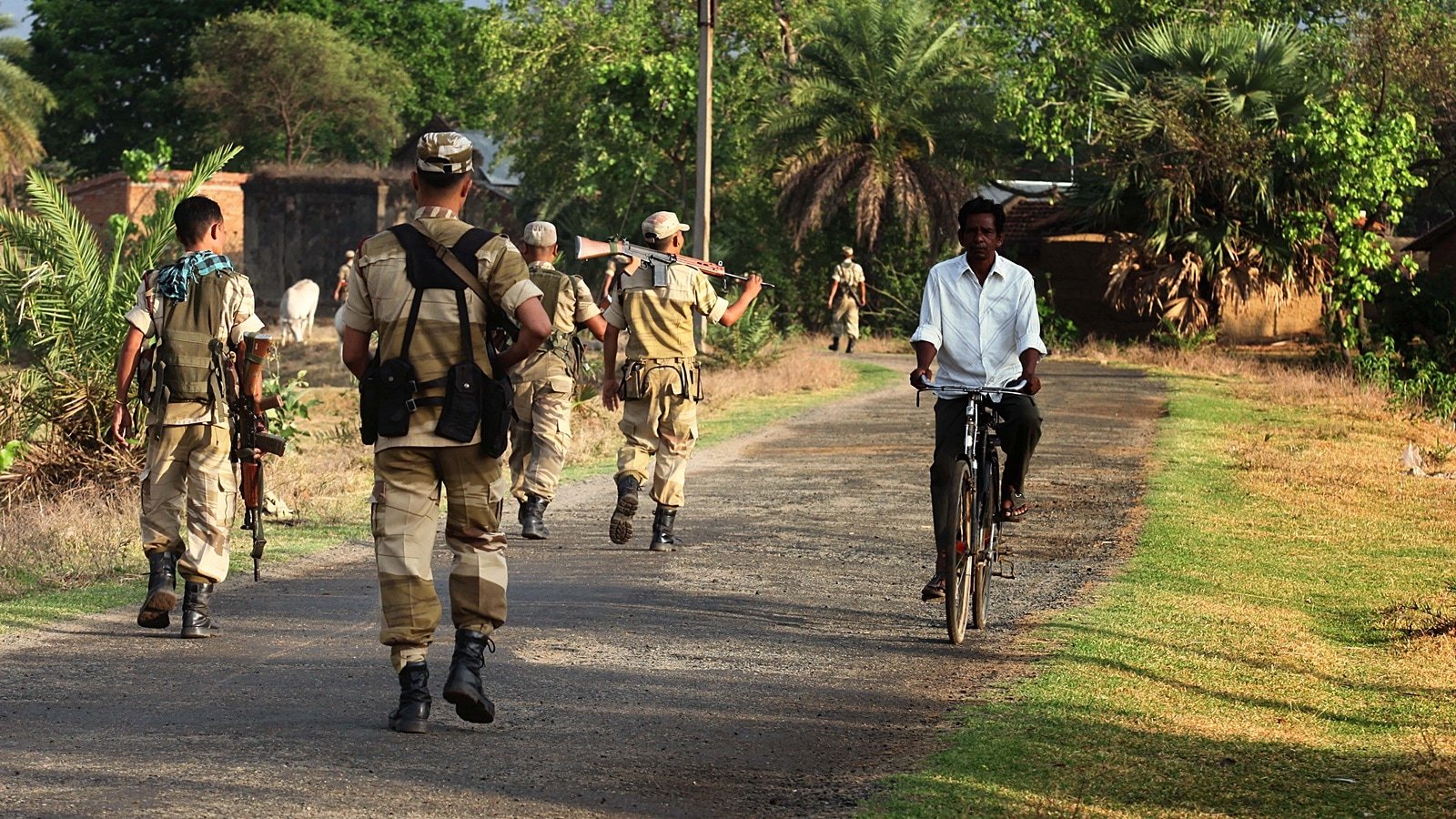October 21, 2025 05:37 PM IST
First published on: Oct 21, 2025 at 05:37 PM IST
Over the past few days, the nation has witnessed a significant wave of Maoist surrenders, marking a turning point in the state’s fight against Maoism. A total of 258 Maoists have surrendered in Chhattisgarh and Maharashtra in the last two days. As per the South Asia Terrorism Portal (SATP) data, more than 1,500 Maoists have surrendered this year so far.
The armed conflict scenario in Bastar, Chhattisgarh, has undergone considerable churn in recent times. This turbulence is mainly due to the unprecedented successes of the security forces in residual pockets of Maoist influence. As per the SATP data, insurgent casualties in the year 2024 and 2025 (till October 14) have been 296 and 333, respectively; the current year’s tally has been the highest since 2009. During the peak years of Maoism in 2009 and 2010, 314 and 265 insurgents, respectively were killed. The most encouraging part of the government’s counter-insurgency campaign during the last two years has been the favourable kill ratio. As per SATP data, security personnel killed in 2009-10 were 586 as compared to 50 in 2024-25. Several factors like confined Maoists influence in fewer number of districts, leadership crisis and government’s increasing inroads in erstwhile Maoist zones explain the mass surrenders led by senior Maoist leaders.
Encouraged by this success, the government is not inclined to enter into negotiations with the Maoists. At a meeting in Bastar on October 4, the Home Minister urged the Maoists to take up the surrender-and-rehabilitation policy; talks were not on the table for the HM since there was “nothing to talk about”.
It is argued that the long festering challenge of Maoism shall be difficult to resolve solely by military means. Maoists gained ground in the forests of Dandakaranya (of which Bastar is a part) since early 1980s mainly on the plank of fighting for the tribal cause, about tribal rights over resources, and not merely development. Given the fact that the challenges are structural in nature, the solutions shall have to address the structural violence. On the sidelines of the surrender in Jagdalpur, Rupesh alias Ashanna, one of the Maoists who surrendered, in an interview to a local media channel, Bastar Talkies, expressed that the cadres will continue with their resistance through democratic means.
Unfortunately, the discourse concerning counter-insurgency has always revolved around the number of insurgents and security forces killed, without taking into consideration the heavy toll that the local population takes in such protracted conflicts. As per SATP data, since the year 2000, a total of 11,780 people have been killed in the conflict zone of Maoist insurgency — comprising 4,128 locals (36 per cent), 4,944 insurgents (41 per cent) and 2,718 security personnel (23 per cent). Unless the government’s approach towards resolution diversifies, the ebb and flow of violence is likely to continue, with the local tribal community bearing the brunt of violence and injustice. The conditions for an armed insurgency today are reversed not only because of recent tactical gains of the security forces but also due to the current ambivalence of the tribals vis-a-vis the Maoist capabilities. The tribal communities today have more confidence in the government and understand that the wherewithal required for their long-term welfare is only with the government.
The engagement with insurgents and tribal communities is likely to generate options for overall good, in the mid and long term. The government itself has officially spelt out its policy of dealing with the challenge in a holistic and multi-pronged manner, in areas of security, development, rights and entitlements of local communities, improvement in governance and public perception management. The imperative is to emphasise on all of these.
In addition to the indices of violence going down, the option of inducting the surrendered cadres into District Reserve Guard (DRG), requires a re-visit. Providing weapons to a surrendered insurgent to fight an active insurgent, weaponises society — a bane that the conflict zone of Bastar struggles with. Rupesh, prior to laying down arms on October 17, put forth some conditions before the government. One of the conditions that was agreed upon by the Chhattisgarh government was to not make the surrendered cadres compulsorily join DRG.
Another condition tabled by Rupesh and conceded by the state government was about revoking the ban on democratic resistance movements like Moolvasi Bachao Andolan. In fact, the voices coming out from the batch of 258 that laid down arms along with Rupesh were that they were “not surrendering” but merely depositing their weapons with the government. And that the pause in armed struggle will pave the way for their struggle by democratic means. In this context, the challenges for the government may increase, warranting it to adopt a course of action that is flexible and broad shouldered.
It is argued that the Maoist insurgency in the past had dipped in its vigour, only to revive after an interim. The resolve of the government and successes of the security forces in recent times are a great beginning. But unless the government diversifies its methodology by raising the level of counter-insurgency beyond kinetics, there may be a rare possibility of the insurgency bouncing back, something that will be unaffordable.
The writer is an Indian Army veteran and currently teaches at OP Jindal Global University, Sonepat




